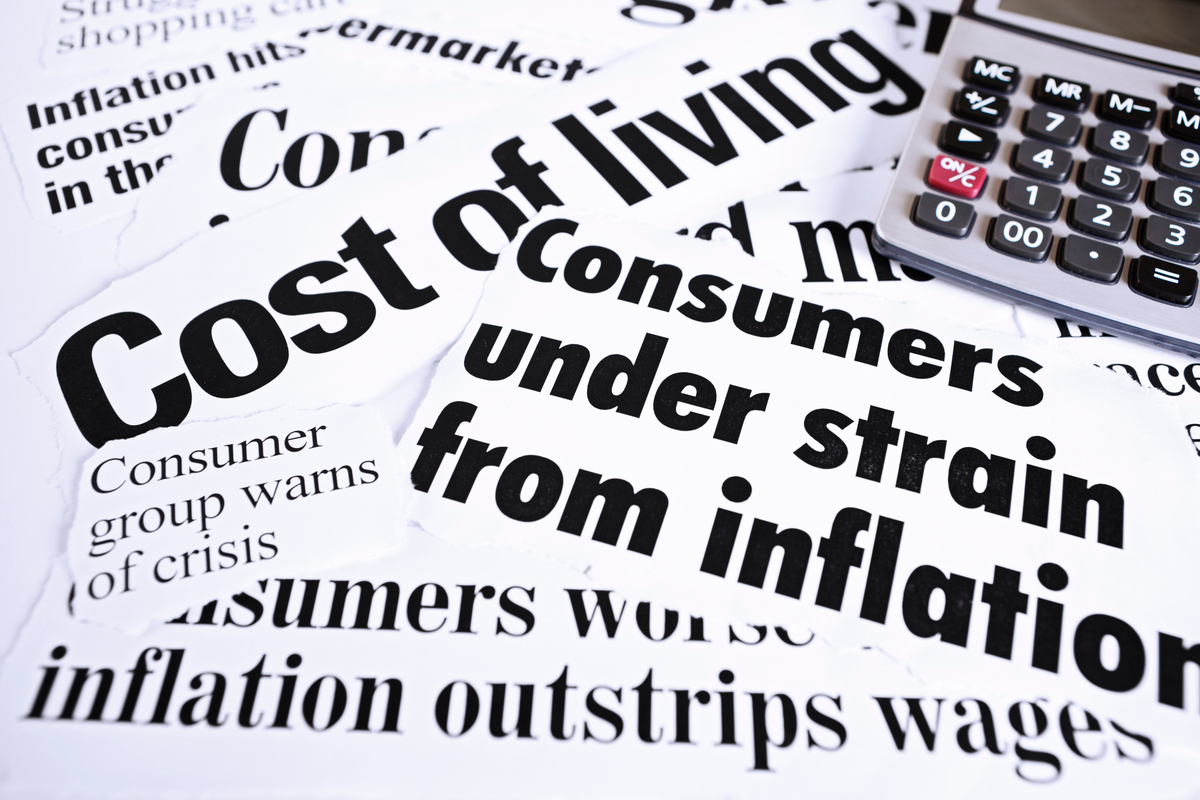Courtenay Verret, VP, Thought Leadership on our Global Thought Leadership & Content team, talks with Yale economists Martha Gimbel and Ernie Tedeschi and NIQ’s Steve Zurek about the ever-evolving customs landscape.
As new tariffs and trade restrictions are introduced, executives must evaluate all potential scenarios to enable their companies to both minimize risks and take advantage of new opportunities. Whether this takes the form of global supplier diversification, inventory management and/or price adjustments, executives in all industries must be prepared for changes that would redefine the competitive landscape for decades to come.
It’s important to stay informed (and be flexible) as the new policy environment takes shape in the coming months.
In this prescient report, Yale economists Martha Gimbel and Ernie Tedeschi address these key questions:
- What could potentially affect tariff policy?
- Which product categories will be affected?
- How can companies protect themselves?
- Who is in a position to succeed in the face of new tariffs?
- What are the potential business implications of new tariffs?
- Which product categories will be affected?
Don’t miss out on this exclusive analysis.
Complete the form below to download our report.
Authors

Martha Gimbel is executive director of The Budget Lab at Yale.

Ernie Tedeschi is director of economics at The Budget Lab at Yale.

Looking for more insights from economists?
Read Tedeschi’s analysis of changing consumer opinions and his commentary on the potential economic impact of the 2024 U.S. presidential campaign.




